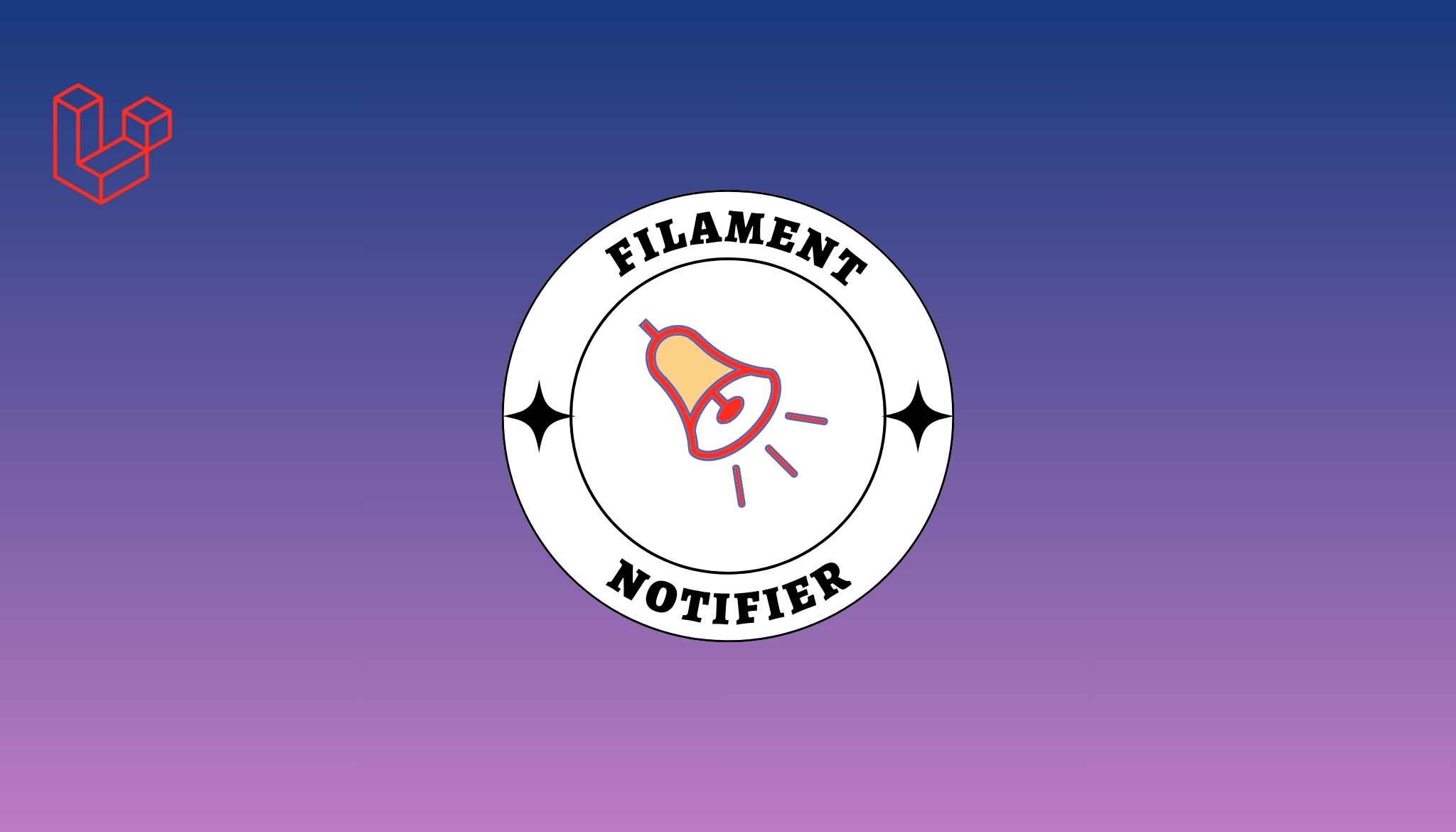With around 75 million websites currently using WordPress, it’s without a doubt the biggest web platform available. Understandably, the platform has received a considerable amount of attention from cyber criminals as it accounted for 90% of all websites hacked in 2018.
As search engines like Google continue to blacklist websites used in spreading malware for instance, the importance of preventing these attacks cannot be overstated.
Is WordPress really a secure platform for your website? How does it measure up against cyber threats or attacks? Let’s find out. The following are the biggest WordPress security vulnerabilities that discovered in 2019 and the most secure ways to prevent them.
5 biggest WordPress security vulnerabilities in 2019
Let’s explore five of the biggest WordPress vulnerabilities from 2019 below.
Brute force attacks
Brute force attacks refer to a situation where hackers try to gain access to your website by repeatedly trying different combinations of suspected usernames and passwords. For example, it’s very common for website owners to use the default “admin” username alongside a password of their choice. As a result, hackers may repeatedly attempt to use this username alongside a wide range of password options.
While this may seem like a tiring process, cyber attackers have evolved to now have automated scripts that can try thousands of username and password combinations in a matter of seconds. Where successful, the hacker gains control of the website, changes your password and potentially installs malware or malicious scripts into it. VPNpro offers some solutions to everyday cybersecurity vulnerabilities.
Outdated Software Version
WordPress developers regularly develop patches or updates to software versions. These patches usually provide fixes for vulnerabilities that were discovered in older versions. When you fail to upgrade your WordPress version to the latest edition, you leave your website exposed to a wide range of vulnerabilities.
Installing Malicious themes & Plugins
With WordPress, you could either use official themes and plugins or select from a very rich collection of third-party themes, plugins and widgets. You should hover note that commercial or third-party plugins and themes may contain malicious code which may be harmful to your website data.
DDOS Attacks
Distributed Denial of Service (DDOS) attacks occur when cyber criminals flood your website with so much traffic that consequently overwhelm its server resources thereby leading to the site’s failure. DDOS attacks are usually automated and may be quicker to execute for small websites with scarce bandwidth and server resources.
Poor Hosting Environment
A web hosting platform can be likened to the land upon which you build your house and it’s an essential component for website security. Web hosts could be considered as poor or insecure for a variety of reasons including when they fail to update their servers, back up your data or generally offer you the required tools to improve your website security.
Prevention to the 5 biggest WordPress vulnerabilities in 2019
Now that you know some of the biggest vulnerabilities that your WordPress website may be exposed to, here’s how you can prevent them.
Use Strong Passwords only
Brute force attacks are more likely to be successful when you use generic or default usernames and password combinations like “admin and 12345678” so it’s recommended that you make your password as strong as possible to reduce the likelihood of this happening. Taking additional steps like installing a Firewall plugin and setting up two-factor authentication will also help you prevent a successful brute force attack on your website.
Update WordPress regularly
Updating your WordPress software, themes or plugins isn’t just for gaining access to newer features. Some updates usually include patches and fixes to security vulnerabilities discovered in older versions. By continuing to use an older WordPress version or failing to update your theme or plugins, you may be exposing your website to known exploits. So check for updates today and stay protected!
Install themes & plugins from trusted third-parties only
WordPress is a treasure trove for many useful and innovative themes and plugins. While there are around 31,000 themes available on the internet, only about 3,000 of them are officially licensed by WordPress. The others are created by third-party developers or development companies. The story is pretty much the same for plugins.
Before installing any third-party theme or plugin, you should ensure it’s from a trusted provider to avoid using one that’s been maliciously programmed to access your website data.
Get DDOS protection services
Denial of Service (DOS) and Distributed Denial of Service (DDOS) attacks are jointly the most popular cyber attacks in the cybersecurity landscape today. If you own or run a WordPress website, there are reliable ways to mitigate this risk. Security solutions like Cloudflare offer DDOS solutions to help you prevent this vulnerability. Other solutions such as VPNs, plugins and cloud distribution services that spread your web traffic across multiple servers have also been known to help WordPress users prevent DDOS attacks.
Use a reliable web host
There are so many reasons why you should use a reliable and secure web hosting provider as it can directly impact the security of your website. For instance, while some web hosts may offer malware scanning and removal, free SSL, firewall and DDOS protection, others may not. It’s consequently important to understand understand what a potential web host offers before using them.
The Bottom Line
While it’s impossible to cover every vulnerability that exists, this post aims to highlight the most impactful that are likely to exist without your knowledge. By following the steps detailed above, you’d be ensuring that your website or blog is a lot more secure and less susceptible to cyber attacks.
However, you should aim to have an IT disaster plan in place for your business. This will ensure there is minimal disruption to your business continuity in the unfortunate event of an attack on your website.



